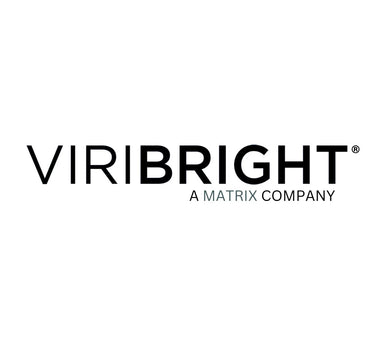What is Commercial LED Lighting?
Commercial LED lighting refers to the use of light-emitting diodes (LEDs) in commercial spaces such as offices, retail stores, warehouses, and outdoor areas. These energy-efficient lighting solutions have gained popularity in recent years due to their numerous advantages over traditional lighting options.
Advantage 1: Energy Efficiency
One of the biggest advantages of commercial LED lighting is its energy efficiency. LEDs consume significantly less energy compared to traditional incandescent or fluorescent lights. This not only helps reduce electricity bills but also contributes to a greener environment by reducing carbon emissions.
Advantage 2: Long Lifespan
LED lights have an exceptionally long lifespan compared to other lighting options. On average, they can last up to 50,000 hours or more, which is significantly longer than incandescent or fluorescent lights. This means fewer replacements and lower maintenance costs for commercial spaces.
Advantage 3: Durability
LED lights are highly durable and resistant to shock, vibrations, and external impacts. Unlike traditional lights, they do not have fragile filaments or glass components that can easily break. This makes them ideal for commercial spaces where durability is essential.
Advantage 4: Instant Lighting
LED lights provide instant lighting without any warm-up time. Unlike fluorescent lights that may take a few seconds to reach full brightness, LEDs illuminate instantly. This is particularly beneficial in commercial settings where immediate lighting is required.
Advantage 5: Directional Lighting
LED lights emit light in a specific direction, making them highly efficient for task lighting. Unlike traditional lights that emit light in all directions, LEDs can be directed exactly where needed, reducing light wastage and improving overall illumination.
Advantage 6: Flexibility in Design
LEDs offer flexibility in design due to their small size and ability to be arranged in various configurations. This allows for creative lighting designs in commercial spaces, enhancing aesthetics and creating unique atmospheres.
Advantage 7: Dimming Capabilities
LED lights can be easily dimmed, providing control over the level of brightness. This is particularly useful in commercial settings where different lighting levels may be required for different tasks or occasions. Dimming also helps save energy and extends the lifespan of the LEDs.
Advantage 8: No UV Emissions
Unlike traditional lighting options, LED lights do not emit ultraviolet (UV) radiation. This makes them safer for use in commercial spaces, especially in areas where UV-sensitive materials or products are present.
Advantage 9: Low Heat Emission
LED lights generate very little heat compared to incandescent or fluorescent lights. This not only reduces the risk of fire hazards but also helps maintain a comfortable working environment in commercial spaces, especially during hot summer months.
Advantage 10: Smart Lighting Integration
LED lighting can be easily integrated with smart lighting systems, allowing for advanced control and automation. This enables commercial spaces to optimize energy usage, adjust lighting settings remotely, and create personalized lighting schedules.
In conclusion, commercial LED lighting offers a wide range of advantages, including energy efficiency, long lifespan, durability, instant lighting, directional lighting, flexibility in design, dimming capabilities, no UV emissions, low heat emission, and smart lighting integration. By embracing LED technology, businesses can enhance their lighting systems while enjoying the benefits of cost savings, environmental sustainability, and improved lighting quality.
